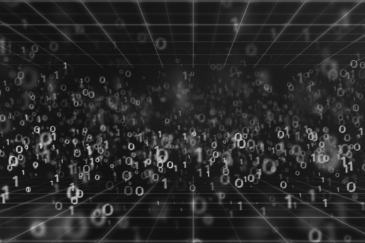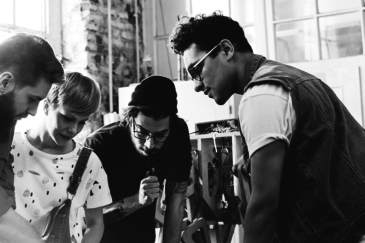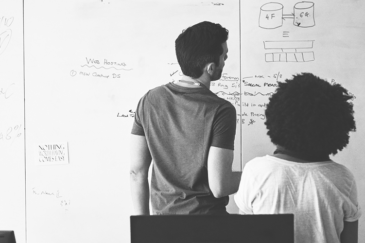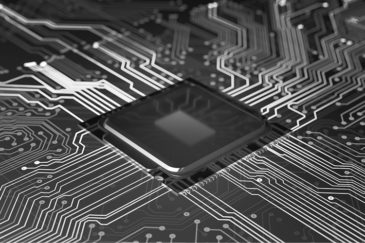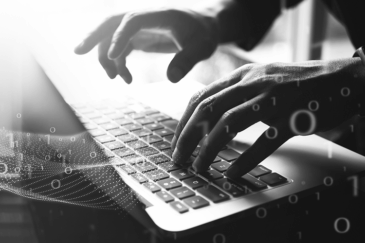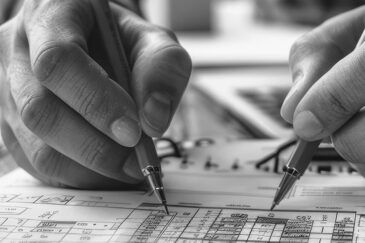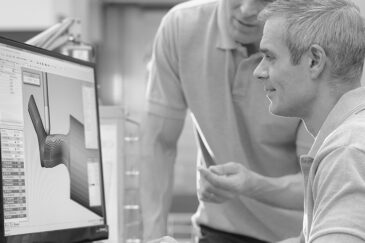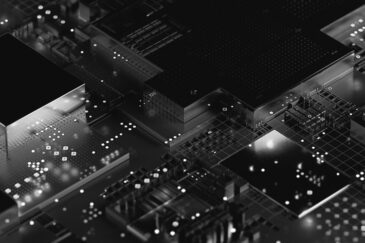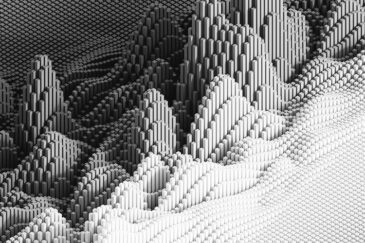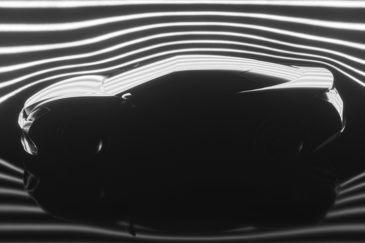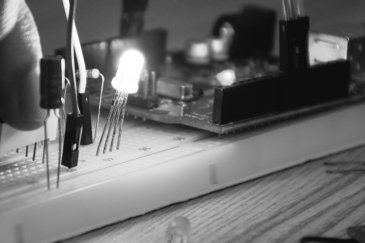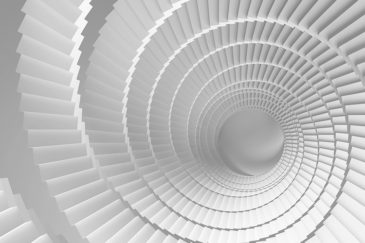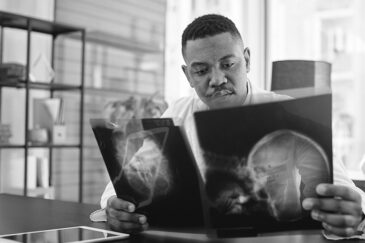Dmitry Savransky received his Ph.D. in Mechanical and Aerospace Engineering from Princeton University, followed by a postdoc at the Lawrence Livermore National Laboratory. At Cornell, Dr. Savransky leads the Space Imaging and Optical System Laboratory, which investigates engineering problems associated with the design and analysis of astrophysics space missions and the imaging of exoplanets.
Request More Info
Overview
This certificate program enables you to explore the foundational knowledge you need to pursue exciting opportunities within the fields of aerospace engineering and commercial spaceflight. Since the launch of the first privately owned, crewed spacecraft in 2020, the industry has undergone substantial expansion. Researchers predict that the space industry will grow significantly in the coming years to include not only support for telecommunications, research, and security satellites, but also a new space economy in support of individuals visiting outer space as tourists and passengers.
You will begin your work in this program by practicing different ways of measuring space and time when analyzing space systems and planning for orbital maneuvers, thus building your analytical and geometric intuition for how two-body systems work. You’ll then progress to orbital maneuvers and trajectories, where you will practice applying various mathematical models to understand how to use the propulsive capabilities of your spacecraft to modify or transfer its orbit. Next, you’ll explore the basics of propulsion for space missions, including chemical and electrical propulsion methods as well as future propulsion options such as solar sails and electromagnetic systems.
Understanding and controlling the orientation of a spacecraft is just as crucial as controlling its orbit and position. To comprehend spacecraft orientation — also known as attitude dynamics — you will establish the mathematical formalism of attitude dynamics then turn your attention to the actual control of the spacecraft's orientation. You’ll conclude this program by identifying the different approaches to determining the spacecraft's orientation and position in inertial space, giving you a strong foundation in modern spacecraft attitude control system design and an ability to recognize current problems and trends in spacecraft operation and development.
Throughout the program, you will complete a series of written and MATLAB assignments to help you increase your comfort level with the calculations involved in most astrodynamics problems. The assignments in this program will require you to solve equations of motion (second-order ordinary differential equations) numerically and graphically using MATLAB, as well as analytically via written problem sets.
Spaceflight mechanics is complex. While you do not need to have spaceflight mechanics experience in order to take the program, prerequisites include calculus, differential equations, linear algebra, and experience with MATLAB. Check your readiness with this free pretest now.
You’ll have six months to complete the required elements for this certificate program, but this flexible approach allows you to finish sooner based on your schedule.
Spaceflight mechanics may seem like a new and exciting field, one tied to cutting-edge innovations in technology, but the fundamentals of spaceflight are also the fundamentals of classical mechanics, both of which use the common language of vectorial analysis. To solve the more complex dynamics problems that you will encounter throughout this program, you first need to ensure that you increase your fluency in this common language of vectorial analysis; i.e., vectorial calculus and vectorial algebra.
In this unit, you will start by reviewing the mathematical conventions that form the basis of vectorial analysis. This will provide you with the foundation you’ll need to solve dynamics problems for objects in space and practice different ways of measuring space and time when analyzing space systems and planning for orbital maneuvers. You’ll complete the unit with a solid grasp of which standard definitions are at your disposal when approaching a new problem in astrodynamics.
To conclude the unit, you will complete a series of written assignments and MATLAB assignments to help you increase your comfort level with the calculations involved in most dynamics problems. The concepts should already be familiar to you, and the conventions you review will be consistently applied throughout your study of spaceflight mechanics.
The two-body problem (two point masses interacting via gravity, with no other forces present) is the fundamental building block of celestial mechanics. In fact, the two-body problem is the only orbital mechanics problem with an exact solution, allowing you to express the positions of both bodies in the past, present, and future, with a single mathematical expression.
Although, in practice, you are unlikely to deal with two bodies in the strict sense, many complex systems behave like collections of two-body orbits that gradually change over time. Building a solid understanding of the two-body problem is therefore critical as you continue your studies in spaceflight mechanics.
In this unit, you will start to build an analytical and geometric intuition for how two-body systems work. You’ll accomplish this by analyzing the two-body system in three different ways: using Newton’s law of gravity and Newton’s second law to derive the conic section solution, using Kepler’s laws to provide a geometric interpretation to this solution, and using conservation of energy to gain further understanding of the relationship between orbit positions and velocities.
You’ll practice applying these methods in both written and MATLAB assignments, which will ultimately equip you with critical insights into the physics of orbits.
A two-body orbit can be thought of as a static structure in space, but in practice, real orbits evolve in time due to gravitational and non-gravitational effects not captured in the two-body model. In many cases, we can think of these additional effects as orbital perturbations — forces that are small compared with the primary gravitational pull between the two bodies and leading to very gradual changes in the Keplerian orbital elements. The study of orbital perturbations builds directly upon our understanding of two-body orbits and their geometric and physical interpretation, then expands these to model orbits whose properties change in time.
In this unit, you will delve into the concept of osculating orbital elements and mathematical tools to analyze the effects of perturbing forces. You’ll also explore the most common sources of these perturbations. You’ll then examine examples of orbits that take advantage of perturbations to accomplish things that are impossible with regular two-body orbits as well as orbits explicitly designed to account for perturbations that would otherwise destroy a desired orbital geometry.
Thus far, you’ve studied the natural evolution of orbits, predicting what will happen to objects in space when they interact with forces in the natural environment. But what happens when you apply control to a spacecraft? Though you will spend very little time controlling spacecraft in reality — usually it just coasts along a particular orbit — it is critical that you know how to take control of your spacecraft’s orbit and have it go where you want it to go.
In this unit, you will practice applying a variety of mathematical models to understand how to use the propulsive capabilities of your spacecraft in order to modify its orbit. You’ll apply your understanding of orbital maneuvers by working through problem sets focused on field applications.
Although space propulsion involves many subtopics and could easily fill several units, this unit covers a state-of-the-field introduction to propulsion concepts. You will discover the basics of propulsion for space missions: the ideal rocket equation, in-space propulsion, fuel use, and launch operations. You’ll study chemical and electrical propulsion methods as well as future propulsion options, including solar sails and electromagnetic systems. You’ll then apply your understanding of propulsion systems by working through problem sets focused on field applications.
Understanding and controlling the orientation of a spacecraft is just as important as controlling its orbit and position. To understand spacecraft orientation — also known as attitude dynamics — you will study the mathematical language and toolset for dealing with attitude and the kinematics of rigid body orientation.
You will then consider the kinetics, or dynamics, of these rigid bodies. You’ll apply an extension of Newton’s second law, called the internal moment assumption, to consider angular momentum. Finally, you’ll revisit key concepts of energy to describe rigid body behavior in an actual spacecraft.
To control a spacecraft, you need to know how to determine its orientation and position in inertial space. Stabilizing and controlling a spacecraft’s attitude is crucial for various applications, and you can manipulate your attitude control system (ACS) to achieve preferred orientations. The choice of approach and hardware depends on the pointing accuracy you hope to obtain.
In this unit, you will focus your attention on attitude kinematics and the orientation dynamics of spacecraft. You’ll first enhance your understanding of three-dimensional rigid body dynamics then review classes of attitude control hardware such as reaction wheels, control moment gyros, magnetorquers, and reaction control systems. You’ll also examine attitude control and determination: dynamics, equations of motion, control laws, and attitude sensors. Finally, you will explore the methods for attitude control and attitude estimation.
Request more Info by completing the form below.
How It Works
- View slide #1
- View slide #2
- View slide #3
- View slide #4
- View slide #5
- View slide #6
- View slide #7
- View slide #8
- View slide #9
Faculty Author
Key Course Takeaways
- Extend your fluency in the common nomenclature of classical mechanics; i.e., vector algebra and vector calculus
- Master the steps needed to solve dynamics problems
- Build an intuition — both analytical and geometric — for how two-body systems work
- Analyze the effects of perturbing forces on a static two-body problem to understand how more realistic physical systems behave
- Integrate the effects of perturbations in your orbit design
- Leverage the propulsive capabilities of a spacecraft in order to modify its orbit, get it into a particular orbit, transfer it from one orbit to another, and send it from one point to another in the solar system
- Analyze the dynamics of two spacecraft in orbit relative to each other
- Use the impulsive burn model to find analytical expressions for common orbital maneuvers
- Explain how to get a spacecraft to another location in the solar system using the patched-conic approximation model
- Identify what makes a mission design close vs. infeasible
- Analyze chemical and electrical propulsion
- Establish the mathematical formalism of attitude dynamics
- Develop a basic understanding of how to encode orientation
- Identify the basic elements and strategies of attitude control hardware
- Determine the orientation and position of a spacecraft in inertial space
- Use an integration method (DCM based or quaternion based) to estimate the attitude of a spacecraft

Download a Brochure
Not ready to enroll but want to learn more? Download the certificate brochure to review program details.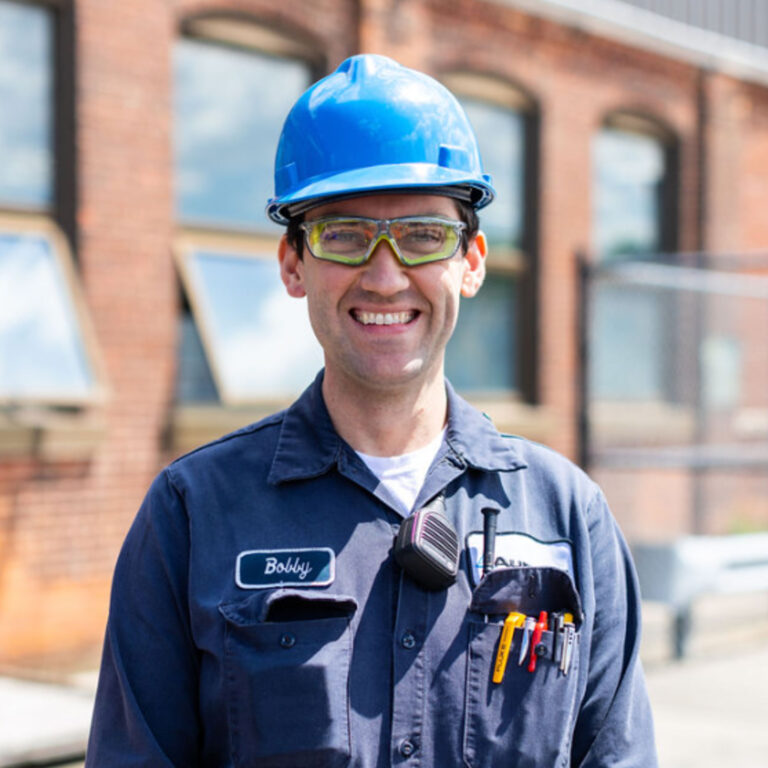
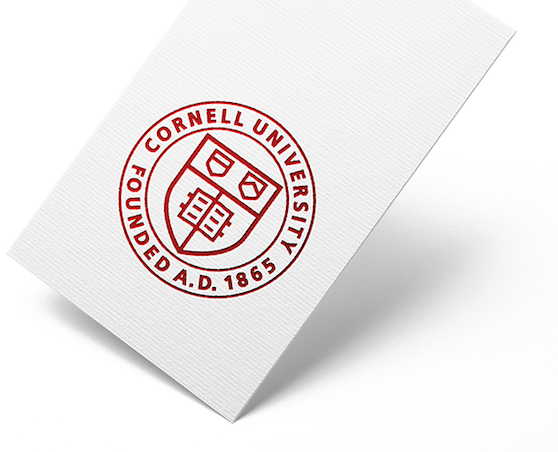
What You'll Earn
- Spaceflight Mechanics Certificate from Cornell College of Engineering
- 160 Professional Development Hours (16 CEUs)
Watch the Video
Who Should Enroll
- Mechanical engineers
- Aerospace engineers
- Aerospace career starters
- Astronomers
- Astrophysicists
- Earth-observing scientists
- Civil engineers
- Professionals with advanced MATLAB knowledge as well as prior experience in vector algebra and vector calculus
Explore Related Programs
Request Information Now by completing the form below.

$3,900
Spaceflight Mechanics
| Select Payment Method | Cost |
|---|---|
| $3,900 |






